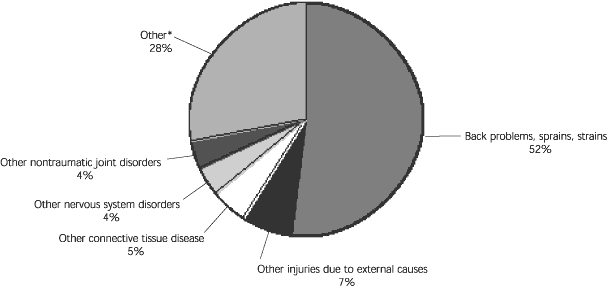
Am Fam Physician. 2004;69(11):2544
Chiropractors are the largest source of office-based care in the United States that does not involve a physician, but people do not view chiropractors as primary providers of health care or advice. Unlike the care given by primary care providers, the majority of care provided by chiropractors is limited to musculoskeletal problems.
The Medical Expenditure Panel Survey (MEPS) sponsored by the Agency for Healthcare Research and Quality is generalizable to the United States. None of the 25,096 participants in the 2000 MEPS identified a chiropractor as their usual source of care, defined as a particular doctor's office, clinic, health center, or other place that the individual usually goes to if he/she is sick or needs health advice. Chiropractic visits comprised 6 percent of all office-based health care visits and nearly one in four visits to the offices of health professionals other than physicians. Chiropractors accounted for 14 percent of nonphysician office-based expenditures, more than one third of which were paid out of pocket by patients. Only 9 percent of visits to chiropractors' offices were referred by physicians.
According to MEPS, most visits to chiropractors involved patients with musculoskeletal problems (see accompanying figure). This limited pattern of care contrasts with the much broader scope of primary care clinicians. This supports the recent decision by the Department of Veterans Affairs not to designate chiropractors as primary care providers.
